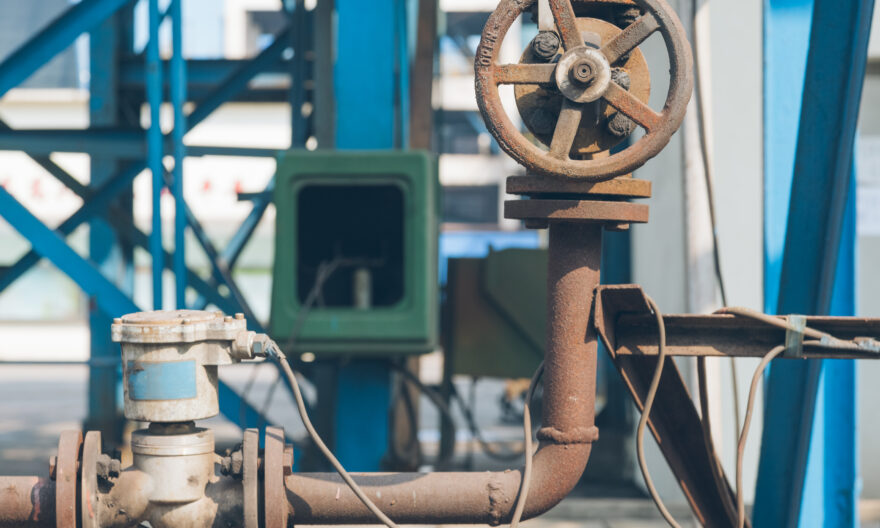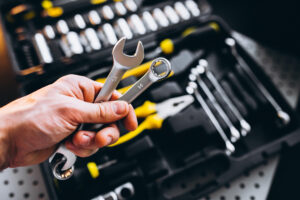
Chilled water piping systems stand as a cornerstone in modern infrastructure, serving a myriad of functions from cooling large commercial spaces to optimizing industrial processes. These systems, with their intricate designs and vast networks, play a pivotal role in ensuring that air conditioning mechanisms run both effectively and efficiently. The underlying importance of these systems is matched by the precision required in their installation. A properly established system not only guarantees peak performance but also ensures energy efficiency and longevity. The stakes of the installation process are high, as a slight oversight can lead to inefficiencies, increased operational costs, or even system failures. As the demand for better, more sustainable cooling solutions continues to grow, understanding the nuances of installing chill water piping systems becomes even more essential.
Pre-Installation Preparations
Choosing the Right Location: The location plays a pivotal role in ensuring the efficiency of the system. Ideally, select an area that’s free from potential threats such as flooding, excessive heat, or physical damage.
Evaluating the Space Requirements: The chilled water piping system, though seemingly compact, requires ample space for optimal functionality. Take into account the full layout – including bends, connections, and ancillary components. Measure the area meticulously, keeping in mind that you might need extra space for potential future expansions or adjustments.
Gathering Necessary Tools and Equipment: As the saying goes, the right tool for the right job can make all the difference. Ensure you have a comprehensive list of required tools before you start. This proactive approach prevents unnecessary delays and ensures a seamless installation process.
Safety Precautions: Safety, undoubtedly, should be at the forefront. Always wear protective gear such as gloves, safety glasses, and, when necessary, ear protection. Additionally, familiarize yourself with the installation guidelines and any potential hazards associated with the materials you’re working with.
Selecting the Right Materials
Type of Pipes: Various options are available, each with its advantages. PVC pipes are popular due to their corrosion resistance and relative ease of installation. Meanwhile, copper pipes are praised for their durability and excellent heat transfer properties.
Quality of Insulation: Proper insulation is crucial in preventing energy loss and ensuring efficient cooling. High-quality insulation materials can also help avoid condensation issues, which, if left unchecked, can lead to complications like mold growth or structural damage.
Appropriate Fittings and Accessories: Don’t overlook the importance of quality fittings. They should be compatible with the type of pipe you choose. Furthermore, ensure they can withstand the system’s operational pressures and temperatures.
System Design Considerations
Pipe Sizing and Layout: Accurately sizing the pipes is fundamental to prevent issues like reduced flow rates or excessive pressure drops. Moreover, consider the layout to ensure smooth water flow, minimal energy consumption, and easy maintenance access. A well-structured comprehensive checklist for chill water piping installation will guide you through these critical considerations.
Expansion and Contraction Allowances: Temperature fluctuations will cause pipes to expand and contract. Therefore, it’s vital to account for these changes in your design. This forethought prevents issues like pipe bursts or joint failures.
Drain Points and Air Vents: Air trapped in the system can impede water flow and decrease efficiency. Integrating air vents at strategic points ensures that air can be purged when necessary. Similarly, drain points facilitate easy maintenance and system checks.
Integrating Pumps, Valves, and Chillers: These components work in tandem with the pipes. Therefore, their placement and integration should be optimized for system balance and accessibility.
Safety and Best Practices
Even with the most sophisticated systems, safety should never take a back seat. Adhering to safety guidelines ensures not only the longevity of your system but also the well-being of everyone involved.
Handling and Storing Materials: When dealing with pipes, fittings, or other components, handle them with care to prevent damage. Store materials in a cool, dry place, away from direct sunlight or potential water ingress.
Ensuring Proper Ventilation During Installation: When working indoors, especially in confined spaces, adequate ventilation is paramount. It helps disperse any fumes or dust generated during the installation, ensuring a safer work environment.
Using Protective Gear: Always don protective gear, such as gloves, safety goggles, and protective footwear when working on the system. This reduces the risk of injuries and ensures that you can work comfortably and efficiently.
Dealing with Potential Hazards: Familiarize yourself with potential hazards such as electrical components, moving parts, or high-pressure zones. When faced with these hazards, exercise caution and always follow recommended safety procedures.
Benefits of a Well-Installed System
It’s crucial to understand and appreciate the myriad benefits a well-installed chilled water piping system offers.
Energy Efficiency and Cost Savings: A correctly installed and maintained system operates at peak efficiency, translating to significant energy savings and reduced operational costs.
Longer System Lifespan: With the right materials, design, and maintenance, your system can serve you reliably for years, offering an excellent return on investment.
Reduced Maintenance Requirements: A well-laid system inherently requires less frequent interventions, saving time, effort, and resources in the long run.
Improved Comfort and Functionality: For buildings and industries, a well-functioning chilled water piping system ensures consistent cooling, enhancing comfort and overall functionality.



